Dust Mite Treatment for Dogs: What Vets Want You to Know
Many dog owners are surprised when their pets suffer from persistent itching, red skin, or constant sneezing even in clean homes. One of the hidden culprits is dust mites. These microscopic creatures thrive in warm, humid environments and can trigger allergies and skin problems in dogs. A proper dust mite treatment for dogs not only relieves itching but also protects long-term skin and respiratory health. This guide explains what causes dust mites, the signs of dust mite bites on dogs, what kills dust mites on dogs, and the most effective care strategies you can use at home with veterinary guidance.
What Are Dust Mites?
Dust mites are tiny arthropods that feed on skin flakes and organic debris. They are almost invisible to the naked eye. Although dust mites do not feed directly on dogs, their waste and body fragments can irritate the skin and immune system. Over time, dogs exposed to dust mites may develop recurring allergies and skin infections.
Why Dogs Develop Dust Mite Problems
Environmental Triggers
Living in humid, poorly ventilated areas encourages dust mite growth.
Carpets, dog beds, blankets, and sofas act as ideal breeding grounds.
Weak Immune Defense
Puppies, senior dogs, or those with chronic illnesses are more vulnerable.
Reduced skin barrier function makes it easier for dust mites to trigger allergies.
Cross-Contamination
Close contact with other animals may increase exposure to mites.
Shared bedding or toys can also carry allergens.
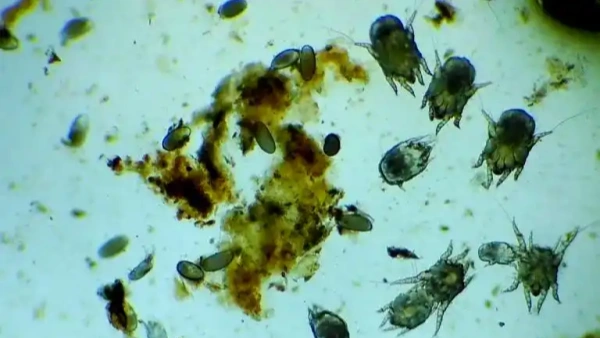
Types of Mites in Dogs and Their Symptoms
Demodex (Demodectic Mange)
Hair loss around the eyes, muzzle, and paws.
Thickened, scaly skin that may become infected.
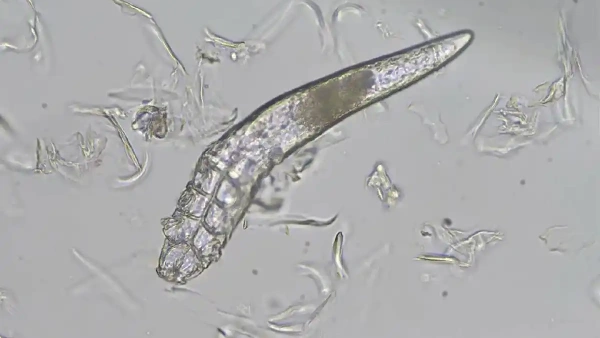
Sarcoptic Mange (Scabies)
Intense itching with nonstop scratching.
Widespread hair loss and crusty skin infections.
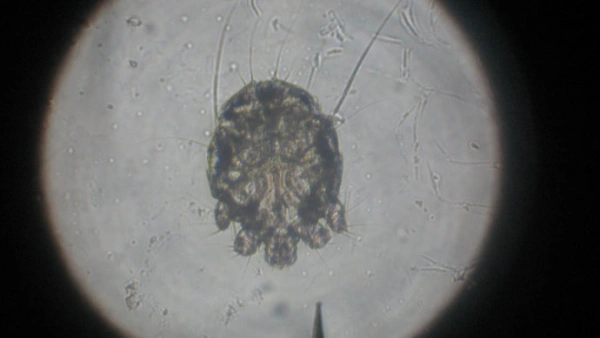
Ear Mites
Head shaking and scratching the ears constantly.
Dark, foul-smelling debris inside the ear canal.
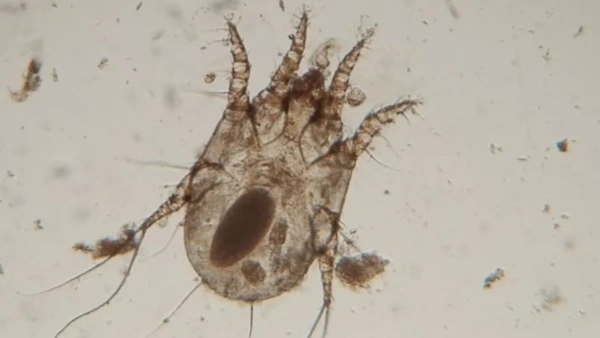
Do Dogs Carry Dust Mites?
Pet owners often ask, do dogs carry dust mites? While dogs are not the main host for dust mites, their fur and skin folds create a perfect environment. In warm or damp seasons, the presence of mites can increase, leading to flare-ups of allergies and skin conditions. Regular cleaning and preventive care are necessary to minimize exposure.
Symptoms of Dust Mite Bites on Dogs
Bald patches from repeated scratching.
Excessive paw licking and belly irritation.
Small red bumps or rash-like spots.
Scabs or moist lesions from self-trauma.
Watery eyes and nasal discharge.
Constant sneezing and occasional coughing.
Snoring caused by throat inflammation.
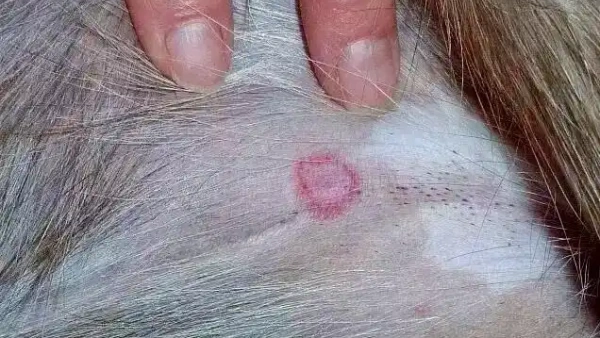
Effective Dust Mite Treatment for Dogs
General Measures
Clean the environment thoroughly and reduce humidity indoors.
Wash bedding and blankets in hot water above 140°F (60°C).
Medications
Oral treatments such as ivermectin-based drugs prescribed by veterinarians.
Topical sprays or spot-on treatments for mild infestations.
Medicated baths with mite-killing shampoos to soothe itching.
In severe cases, injectable drugs recommended by veterinarians.
Special Shampoos
Anti-mite and antibacterial shampoos for ongoing skin care.
Relieves itching while preventing secondary infections.
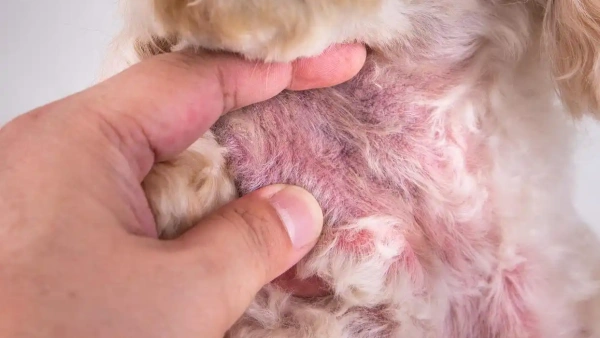
Precautions and Prevention
Environmental Care
Vacuum carpets and upholstery weekly.
Use dehumidifiers to keep humidity below 50%.
Disinfect surfaces and wash toys frequently.
Parasite Control
Apply external parasite preventives monthly.
Rotate products if resistance is suspected.
Nutrition and Health
Add Omega-3 fatty acids (500 mg daily) for skin barrier support.
Maintain a balanced, protein-rich diet to strengthen immunity.
What Kills Dust Mites on Dogs?
| Method | Effectiveness | Notes |
|---|---|---|
| Sunlight | High | Direct UV kills mites quickly. |
| Natural agents | Moderate | Tea tree or neem oil under vet guidance. |
| Veterinary products | Very high | Spot-on or sprays like Frontline or Advantage. |
Everything Our Vets Recommend
Dust Mite Treatment for Dogs FAQs
How do I get rid of dust mites on my dog?
Use a combination of medicated baths, sprays, oral prescriptions, and strict cleaning of the living space.
How to tell if a dog has a dust mite allergy?
Look for itching, hair loss, red skin, watery eyes, and frequent sneezing as clear signs.
Do dust mites live in dog fur?
Yes, fur and skin folds offer a warm environment for mites, even though dogs are not the primary host.
Can you spray anything for dust mites?
Yes, pet-safe mite sprays can be used, but always follow veterinary recommendations for safe use.
Conclusion
Dust mites may be small, but their impact on your dog’s comfort and health is significant. With the right dust mite treatment for dogs, you can stop itching, prevent infections, and keep your pet healthy. Always remember, do dogs carry dust mites? The answer is yes, but with proper prevention, cleaning, and veterinary guidance, your dog can live free of the discomfort caused by dust mite bites on dogs. Knowing what kills dust mites on dogs helps pet parents act quickly and effectively, ensuring long-term wellness.
You May Like:
- 2025’s Best Flea and Tick Shampoo for Dogs – New Formulas
- Avoid These: Flea and Tick Medication for Dogs That Deliver
- Best Flea and Tick Prevention for Dogs: Year-Round Protection
- Yeast Infection Ear Mites in Dogs: Causes and Treatments
User Comments
Does flea treatment kill ear mites too?
Can dogs take human probiotics?
Can dogs have people probiotics safely?
Related Articles
View all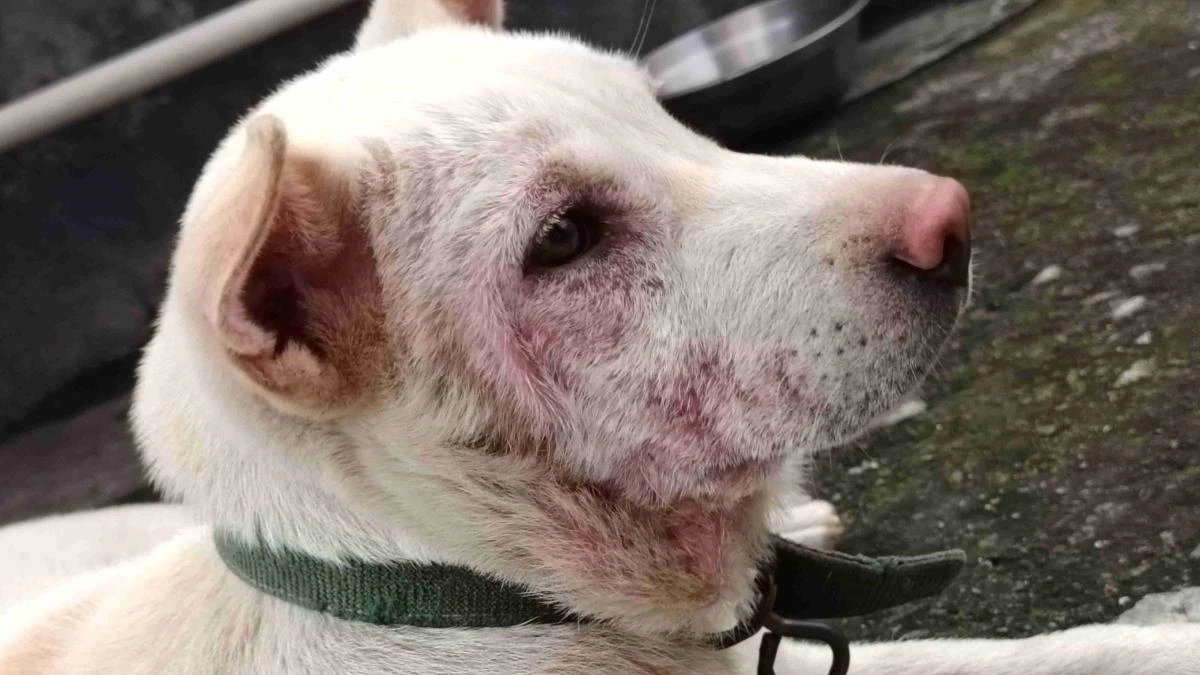
How to Get Rid of Dog Allergies Naturally: Common Mistakes
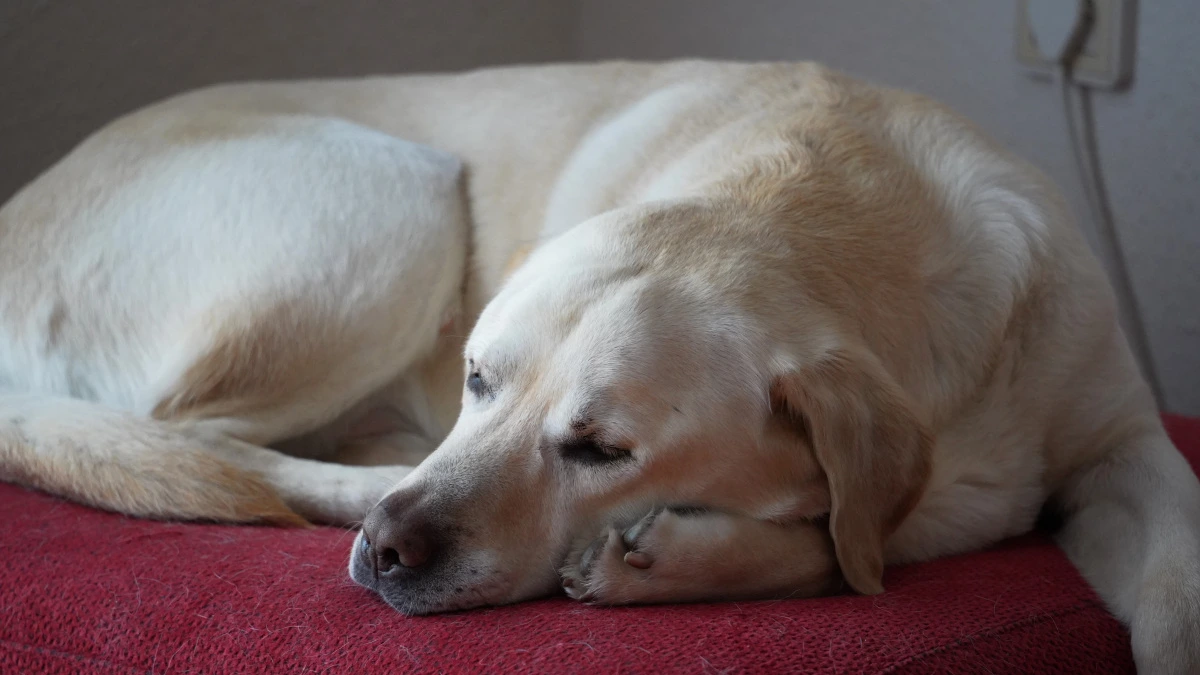
Dog Allergic Reaction Eye Swelling: Hidden Mistakes to Avoid
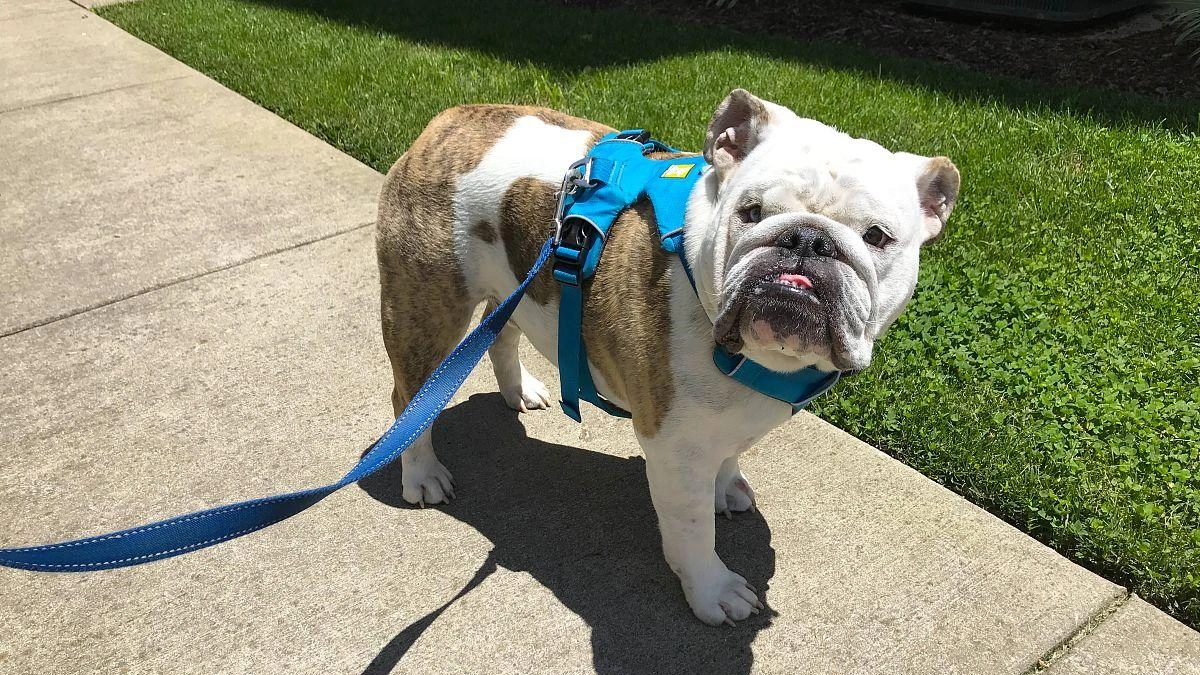
Why Do Bulldogs Scratch? Bulldog Skin Allergies Guide
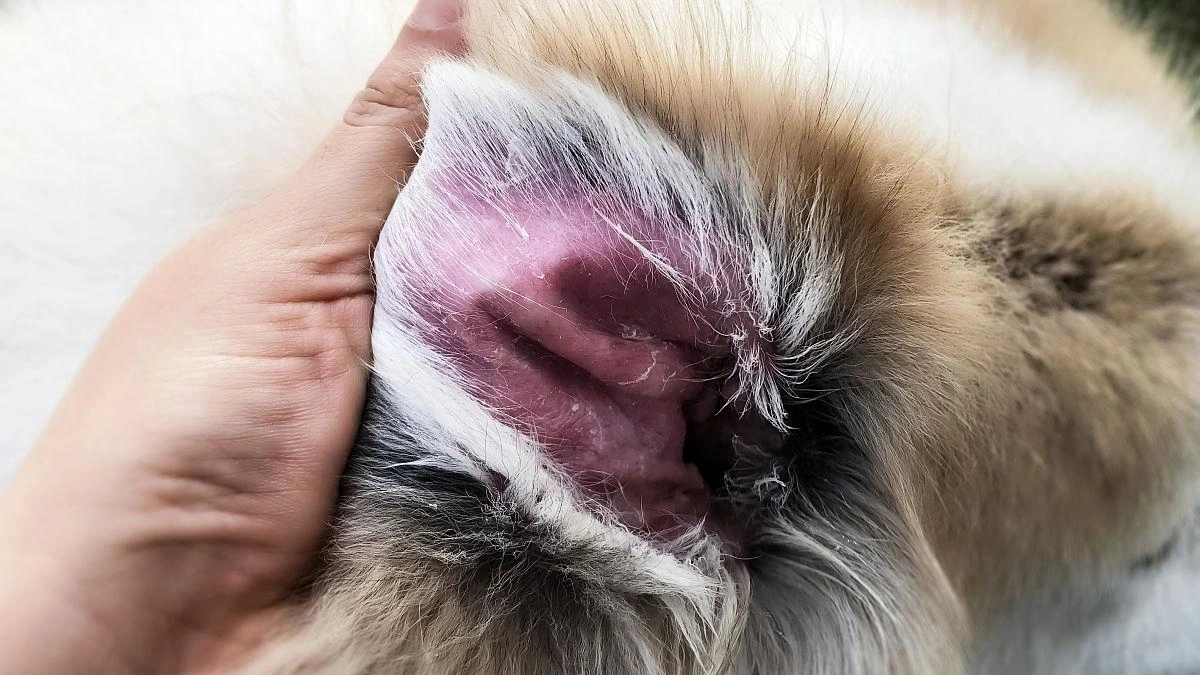
Cure for Dog Skin Allergies Owners Often Miss

How to Get Rid of Dog Allergies Naturally: Common Mistakes

Dog Allergic Reaction Eye Swelling: Hidden Mistakes to Avoid

Why Do Bulldogs Scratch? Bulldog Skin Allergies Guide

Cure for Dog Skin Allergies Owners Often Miss
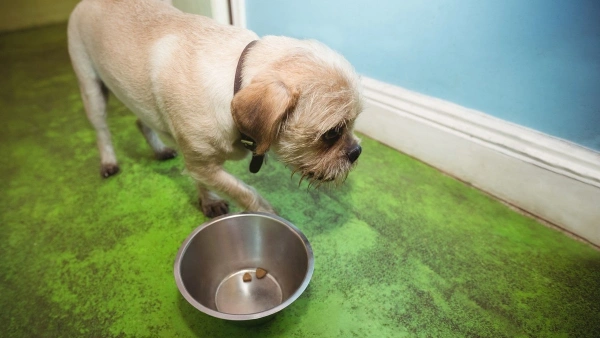
Vet-Recommended Wet Dog Food for Sensitive Stomachs — 2025 Guide
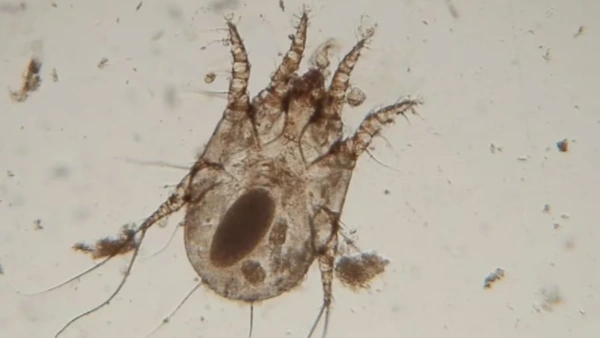
Dog Dust Mite Allergy: Symptoms, Treatment, Prevention
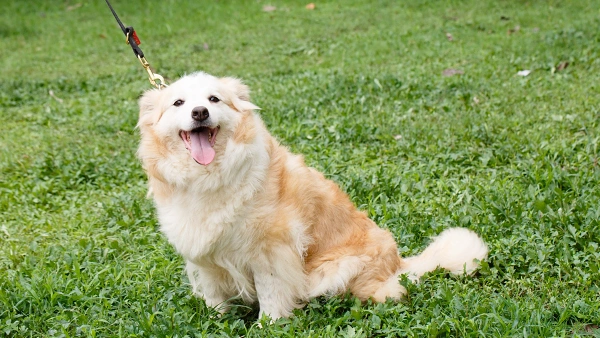
Can Allergies in Dogs Cause Diarrhea and Vomiting? Explained

10 Pitbull Health Problems You Should Know in 2025 — Tips
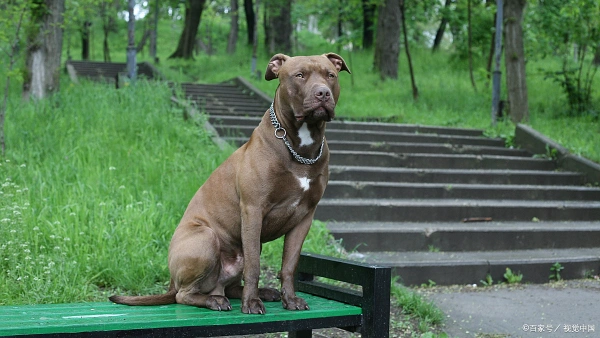

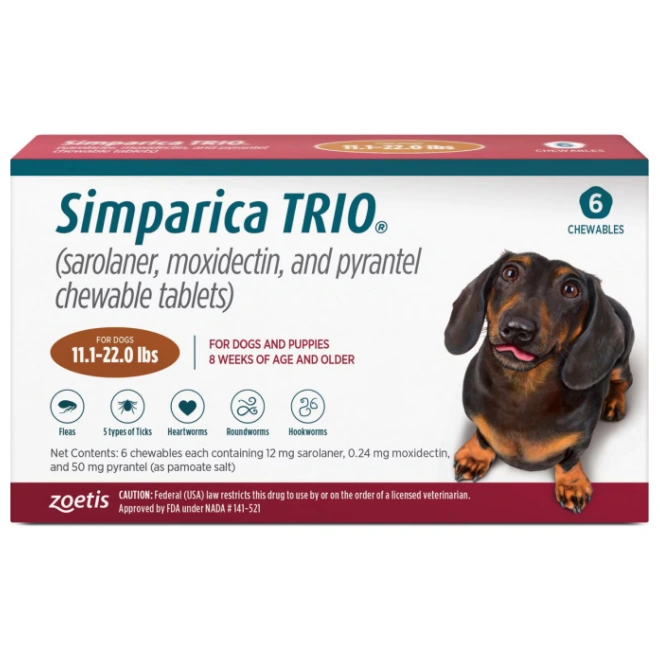
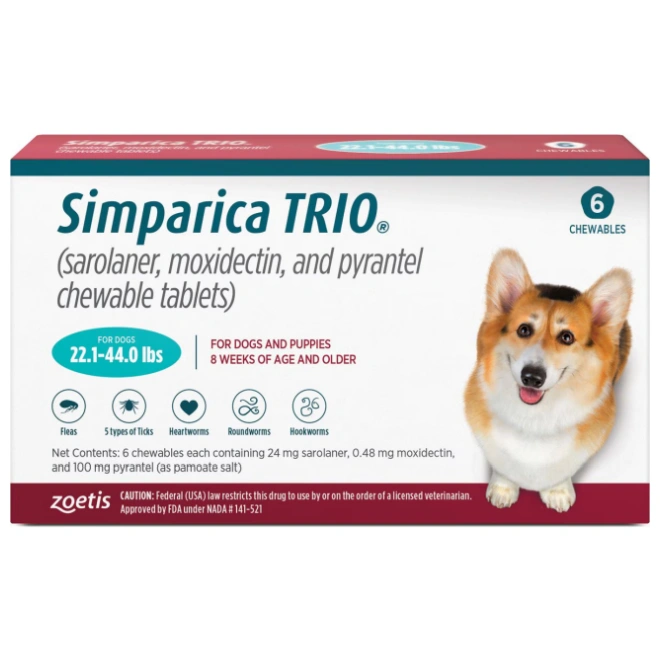
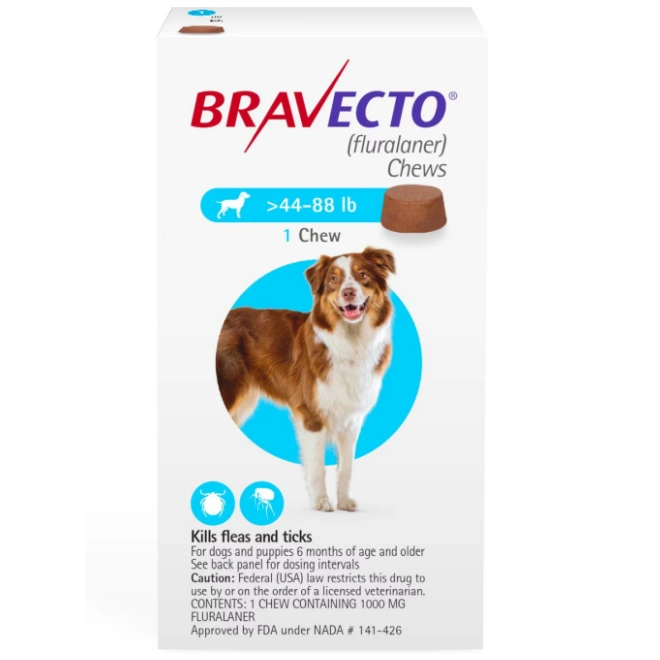
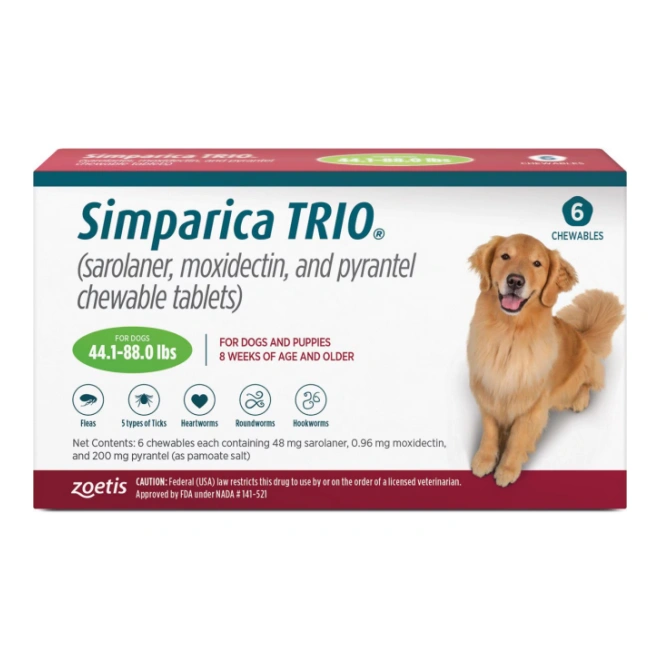








Leave a Reply